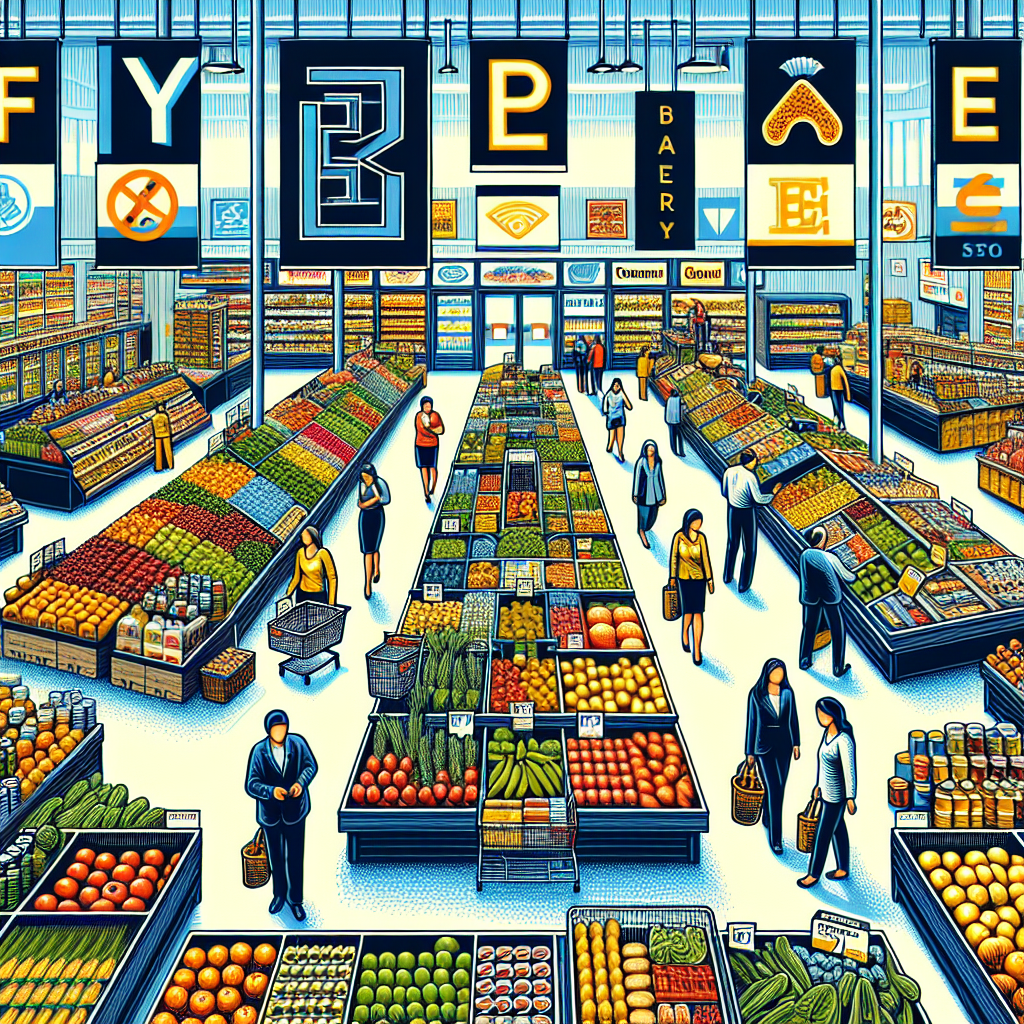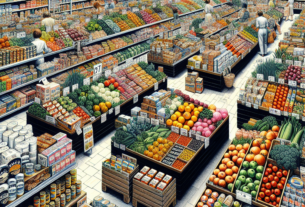Introduction
Discounters are a significant player in the grocery retail industry, offering consumers affordable options for their everyday shopping needs. Understanding the different types of discounters can help both consumers and industry professionals navigate the ever-evolving landscape of grocery retail.
Types of Discounters
1. Hard Discounters
Hard discounters are known for their no-frills approach to grocery retail. They offer a limited selection of products at very low prices, often focusing on private label brands. Examples of hard discounters include Aldi and Lidl, which have gained popularity in many markets around the world.
2. Soft Discounters
Soft discounters combine elements of traditional grocery stores with discount pricing. They may offer a wider selection of products compared to hard discounters, but still maintain a focus on affordability. Examples of soft discounters include Walmart and Target, which have a mix of discount and full-price items.
3. Online Discounters
Online discounters operate exclusively through e-commerce platforms, offering consumers the convenience of shopping from home at discounted prices. Examples of online discounters include Amazon Pantry and Boxed, which cater to customers looking for deals on groceries and household items.
4. Limited Assortment Discounters
Limited assortment discounters offer a smaller selection of products compared to traditional grocery stores, focusing on fast-moving items at discounted prices. Examples of limited assortment discounters include Trader Joe’s and Save-A-Lot, which provide a curated selection of products at budget-friendly prices.
5. Warehouse Clubs
Warehouse clubs are membership-based discounters that offer bulk quantities of products at discounted prices. Costco and Sam’s Club are popular examples of warehouse clubs, known for their large warehouse-style stores and value-driven offerings.
Market Share and Financials
According to a report by CulinaryCoverage.com, discounters are gaining market share in the grocery retail industry, with hard discounters leading the way in terms of growth. In 2025, hard discounters accounted for 15% of the global grocery retail market, with projections showing continued growth in the coming years.
Financial data from leading discounters such as Aldi and Walmart show strong performance, with steady revenue growth and profitability. Aldi, for example, reported a 10% increase in revenue in 2024, driven by expansion into new markets and increased customer loyalty. Walmart, on the other hand, saw a 5% increase in revenue, fueled by a combination of online sales and in-store foot traffic.
Volume and Future Plans
Discounters are expected to continue expanding their reach and offerings in the coming years, with a focus on digital transformation and sustainability. Hard discounters like Aldi and Lidl are planning to open new stores in emerging markets, while online discounters like Amazon are investing in technology to improve the shopping experience for customers.
Volume data from warehouse clubs like Costco and Sam’s Club show a steady increase in membership and sales, with more consumers opting for bulk purchases to save money. Costco, for example, reported a 5% increase in membership sign-ups in 2024, indicating a growing trend towards value-driven shopping.
Looking ahead, discounters are exploring new ways to attract and retain customers, including personalized promotions, eco-friendly initiatives, and innovative product offerings. By understanding the different types of discounters and their strategies, consumers and industry professionals can make informed decisions in the competitive grocery retail landscape.
In conclusion, discounters play a vital role in the grocery retail industry, offering consumers affordable options and driving competition in the market. By recognizing the nuances of each type of discounter and staying informed on market trends, stakeholders can navigate the evolving landscape of grocery retail with confidence.



